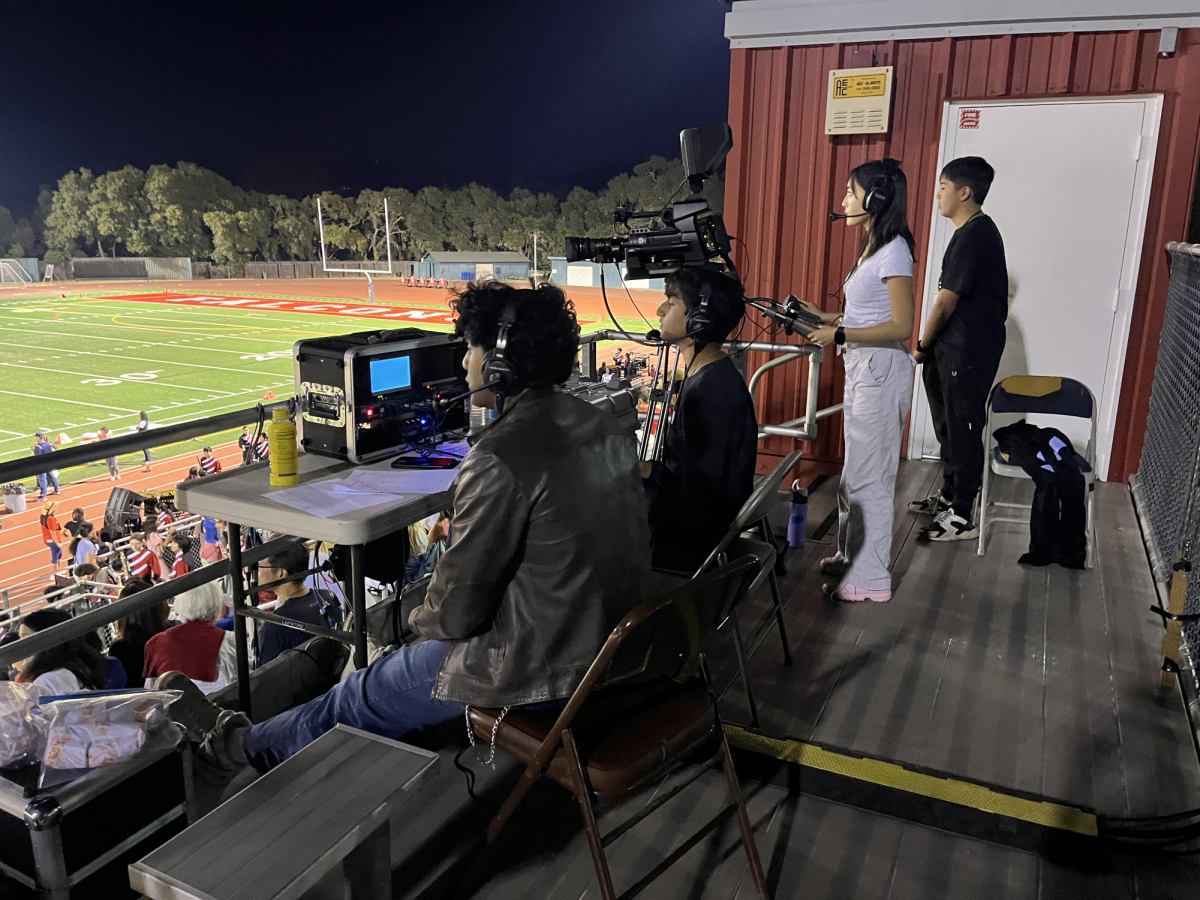More students than ever will be taking AP tests in the next two weeks, a result of more students enrolling in AP classes because of the school’s open access policy in English, social studies and science.
“Many more people have had the opportunity to take the [AP] classes and many more people have chosen to take the AP test, but the overall statistics of pass rates has remained quite constant,” said assistant principal Gail Wasserman.
The number of students is expected to rise further next year as the school offers AP European History for the first time.
As of April 25, 415 students were registered for at least one AP test as of April 25, 70 students more than before open access began in 2006. These students will be taking 24 different AP tests. In addition, the STAR test will take place May 14-15 near the end of AP testing, causing freshmen, sophomores and juniors to miss two days of classes while most seniors enjoy two days off.
Those students taking APs are trying to make final preparations, though some feel more uncertain about the tests.
“I feel slightly more uncertain [about the AP tests this year],” said senior Yang Hong. “Last year I did a lot of full on practice tests in all my classes.” She said she hasn’t taken as many this year.
Some instructors like English teacher Jason Friend have promised to have a full-length practice test, but for many students, this might be their only practice for the exam. The regular school coursework is already enough of a burden for them.
“I don’t have much time to study and prep now because I still have all this work for my classes because my classes are still giving out homework and class work,” said junior Joyce Wu.
Wasserman and other administrators say open access has been a successful experiment, believing that students should have more academic freedom when it comes to taking courses.
“We want students to have a choice in the classes they take,” said Wasserman. “If they want to [take more advanced classes], we’re pleased that they have an opportunity to do so.”




























